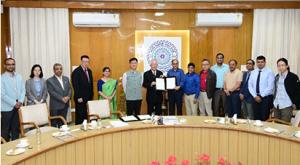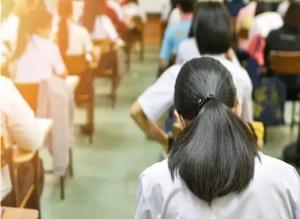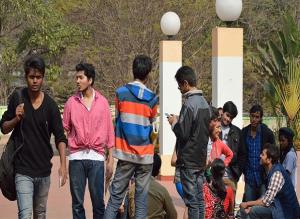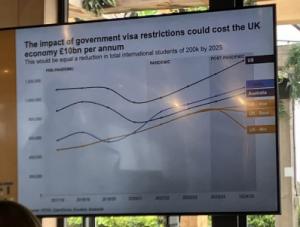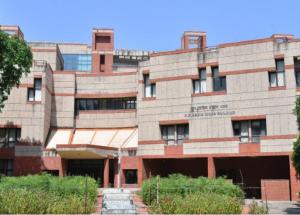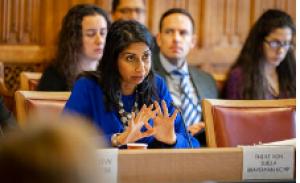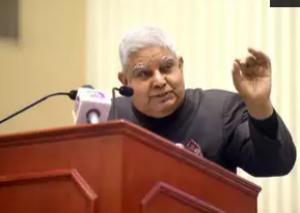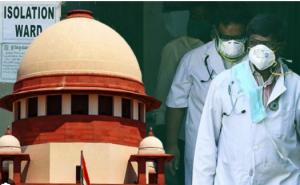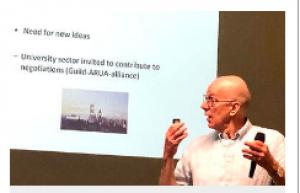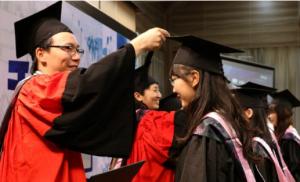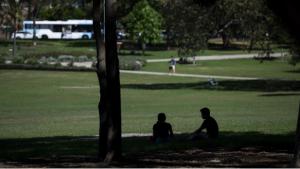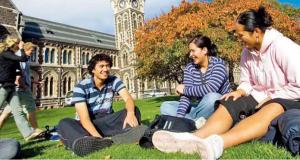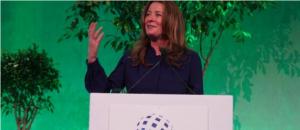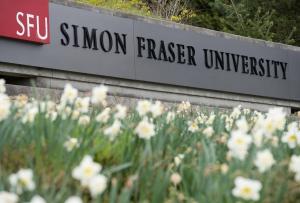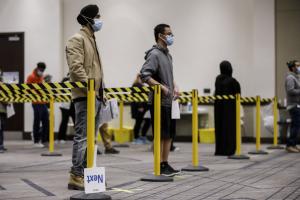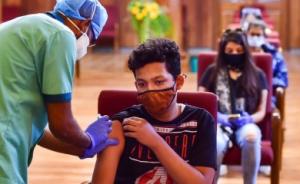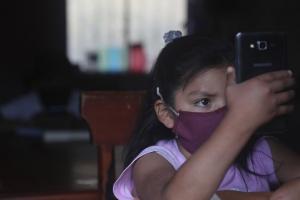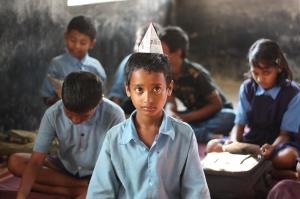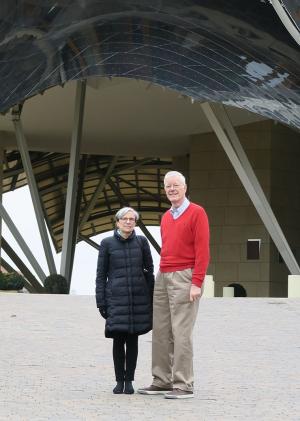The Japanese Ministry of Education’s announcement that it will enforce a tighter screening process on proposed new private universities in an effort to restrict growth in numbers of new universities raises inevitable questions about university autonomy but at the same time is informed by the harsh reality of a rapidly declining population.
Until now, the Council for University Chartering and School Incorporation, an advisory body to the Education Ministry, has approved new universities as long as they conform to ministry rules on faculty and student ratios, facilities and curriculum.
Past attempts at government-led reforms of private university management in the wake of a string of scandals, including proposals to have external trustees oversee university governance were strongly resisted by private universities which see government influence as a threat to institutional autonomy.
Now, population decline has meant that even the private university sector is beginning to accept the government may need stricter rules on new private universities.
Motohisa Kaneko, professor at the Research Center for University Studies at the University of Tsukuba told University World News the government’s proposal to restrict private universities was an illustration of the government’s influence over universities. However, there was also “the hard reality that universities are struggling to attract students. The social situation is such that tightening screening standards is inevitable”.
Among the new standards set by the Council for University Chartering and School Corporation is the requirement that proposed new universities will have to submit an analysis of the number of prospective students measured against the regional need for a new university. In addition, an application to set up a new university must include the estimated number of 18-year-olds it can recruit after it is established.
The government fears that without the new restrictions, which take effect from October 2025, demographic decline will mean more private institutions will run into financial difficulties, pointing out that it is often students who suffer if universities are forced to close.
On average, the government subsidies contribute around 10% of private institutions’ revenues, so student fees are critical for financial sustainability. By contrast, national universities are mainly shored up by public funds.
Currently, around 80% of the country’s student population is enrolled in 620 private universities. There are also 86 national universities and 101 public universities supported by local government. National and public universities located in regional areas are likely to face particular difficulties in attracting students and remaining financially sustainable.
Roughly 40% of private universities had fewer students than their capacity from 2018 onward, with almost half of private universities falling short of full enrollment last year.
Japan’s National Institute of Population and Social Security Research has predicted that the cohort of 18-year-olds will fall below the one million mark to roughly 990,000 by 2031.
The Ministry of Education forecasts that college students in Japan are projected to decrease from 650,000 in 2018 to 480,000 in 2031. Japan’s population of 20-year-olds was at a record low at 1.17 million in January 2023.
‘Turning point’ for private universities
A key aspect of any submission to set up a new private university will be an analysis of the impact of student enrolment on nearby universities with similar departments. Other new conditions required to secure approval will include presenting student recruitment plans, plans for scheduled visits to high schools to meet potential students and other explanatory meetings with high schools, as well as plans for social media information campaigns.
Kaneko said the additional requirements address the issue of oversupply of private universities. A case in point is the trend among universities to start four-year degree colleges to meet growing demand from students who are turning away from junior two-year colleges. Four-year university degrees lead to higher paid jobs.
“Higher education institutions resorted to establishing new four-year universities without shutting down their junior colleges and high schools that were not attracting students,” Kaneko said.
The Japan Association of Private Universities and Colleges, representing 123 universities and institutions, views the government’s new screening policy as a turning point for private universities, facilitating their move away from dependence on 18-year-olds for new enrolments.
“Survival is already tough for smaller private universities, in less populated regional areas in particular. The way ahead for the majority is to revise internal management and policies to offer the increasingly smaller student population a specialised education that will lead to stable jobs in the changing job market,” said the association’s director Ryuichi Yamashita.
Targeting the adult population, which is largely untapped in Japan, could be another market, he told University World News. “That would mean, for example, higher investment for expanding online studies,” he added.
Smaller universities are defined as those with less than 1,500 students or with an intake of less than 400 students annually.
Expanding foreign student enrolment, including Japanese language study, helped buoy university finances in the past — for example, an increase of 90.2%, mostly from Asian countries, was reported between 2000 and 2005, according to the Japan Student Services Organization (JASSO). However, the COVID-19 pandemic interrupted that flow.
Yamashita believes that Prime Minister Fumio Kishida’s pledge earlier this month to increase the number foreign students to 400,000 could be a lifeline. “The goal is to attract foreign students representing a high-quality intake to contribute to Japan’s global education,” he said.
Number of private universities increased
According to statistics released by the Promotion and Mutual Aid Corporation for Private Schools of Japan (PMAC), the number of private universities increased to 620 in 2022 from 384 recorded in 1992. Yet the population of 18-year-olds slumped by 40% during that period.
PMAC also reports that more than half of the universities that opened in the three years up to 2022 reported an enrollment of only 80% of their capacity.
Keisen University, a private women’s college in the city of Tama in the Tokyo suburbs, offering four-year degrees announced on 22 March it would stop recruiting students for the 2024 academic year, with a view to closing the institution due to low student numbers.
The university’s website explained, “Student admissions have continued to fall below enrolment capacity, and it has become difficult to secure and maintain financial resources for our university division.”
The university’s management said it would continue operating the university until students that entered in the 2023 academic year can graduate. Keisen also managed Chikushi Jogakuen Junior and Senior High School. The university opened in 1988 and currently has two faculties: a Faculty of Humanities and Faculty of Human and Social Studies, with four departments in total.
As of May 2022, the number of enrolled students stood at about 1,000. The ratio of enrolled students to undergraduate places stood at 88% in the 2018 academic year, but dropped to 56% in the 2022 academic year.
Experts say the decline in the student population has long posed a threat to the future of Japan’s higher education that is now also struggling with the pandemic aftermath and more families that cannot afford university education. Japanese media reported that 10% of students with loans as of last September are considering bankruptcy. In 2021 around 1.16 million students had loans.
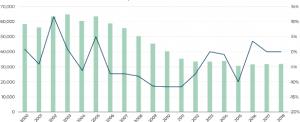
Source link: https://www.universityworldnews.com/post.php?story=20230426142706561















